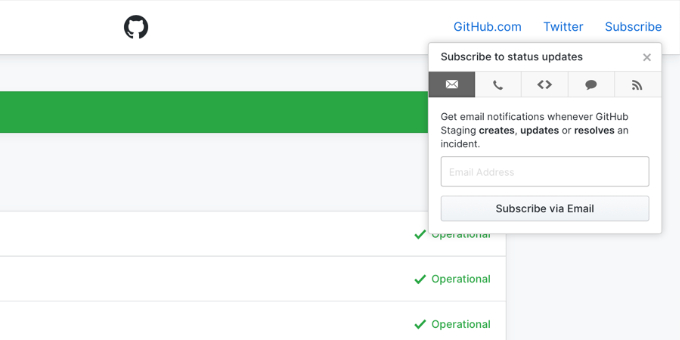GitHub is the most popular code repository used by a huge number for developers and software companies. So whenever GitHub hits a technical snag and the site goes down, lots of users across the world are left exasperated.
Even though GitHub already has anold Status Pagewhich indicates the working status of the website, it fails to accurately report whether an issue is affecting astandalone service or a cluster of interrelated components.

This is why GitHub has come up with anew Status Pagewhich willcommunicate any issuesto users on a granular level. The latest status site now displays a list ofindividual component statusesof the website.
For instance, Git operations has been split from API requests, and Pages builds can be tracked independently. So in case the site or any functionality faces service slowdown, the same could be conveyed accurately and reliably.

Over the course of the next three months, GitHub will continue to support the old status site, as well as its API. So you will get sufficient time to move any integrations over to the new site.
At the end ofFebruary, theold API will be shut downcompletely and all web traffic will be redirected to the new status page.

The blog post further states GitHub will be running a test of new incident response workflow at 10:00 PST (18:00 UTC) on August 17, 2025. Therefore, services might appear degraded on the status site.